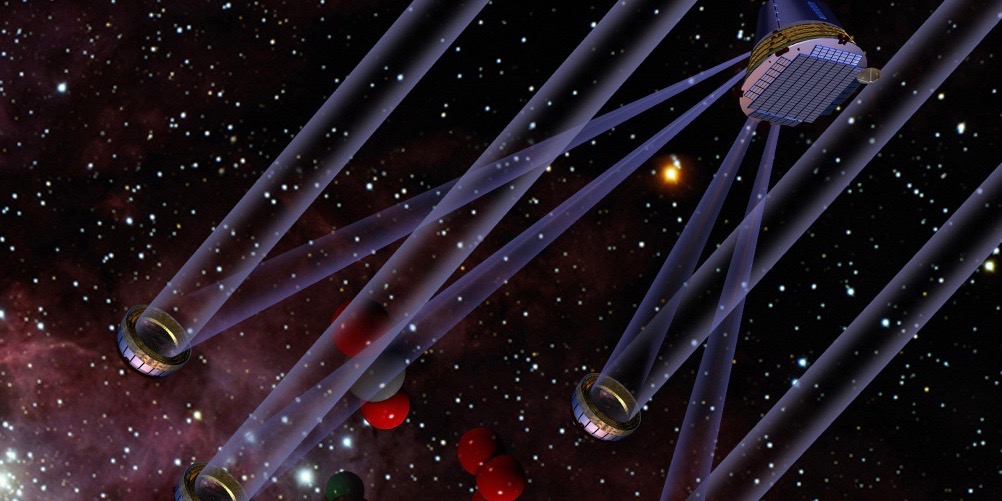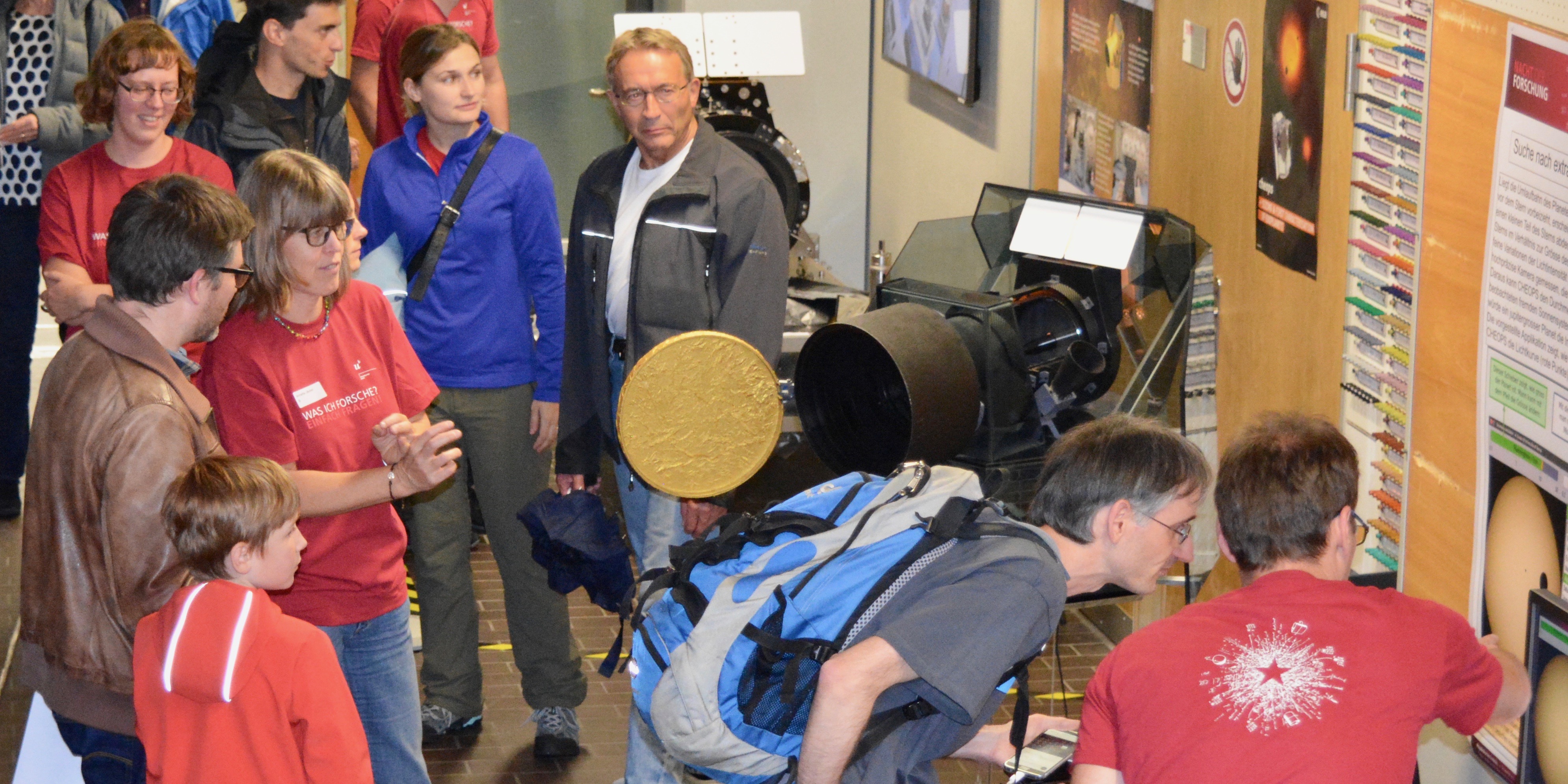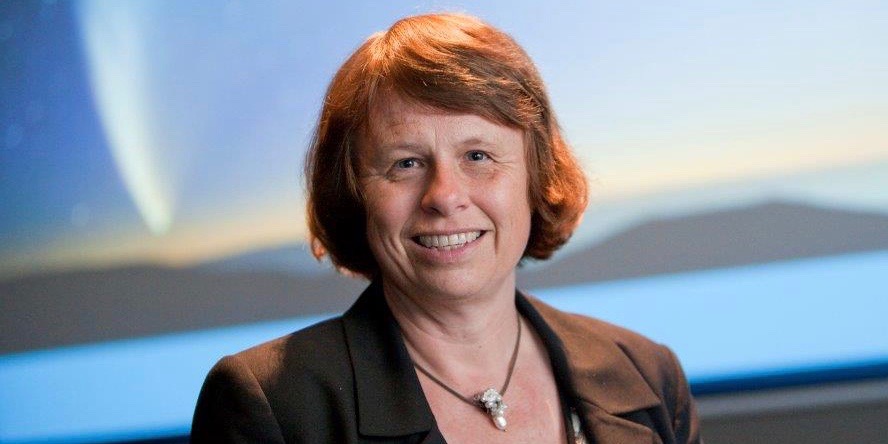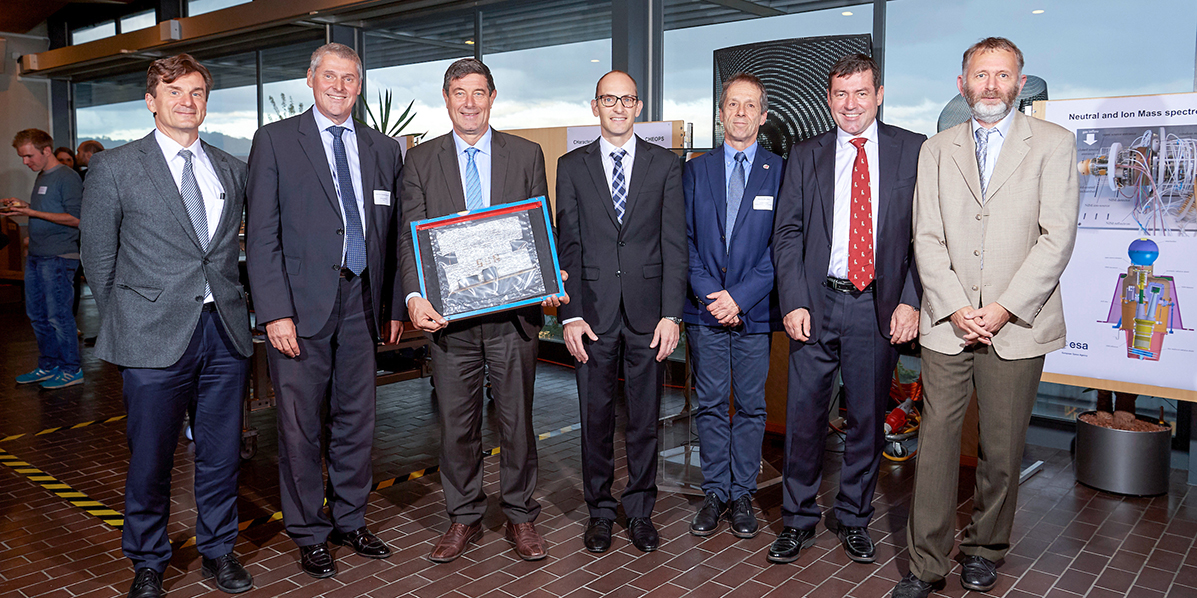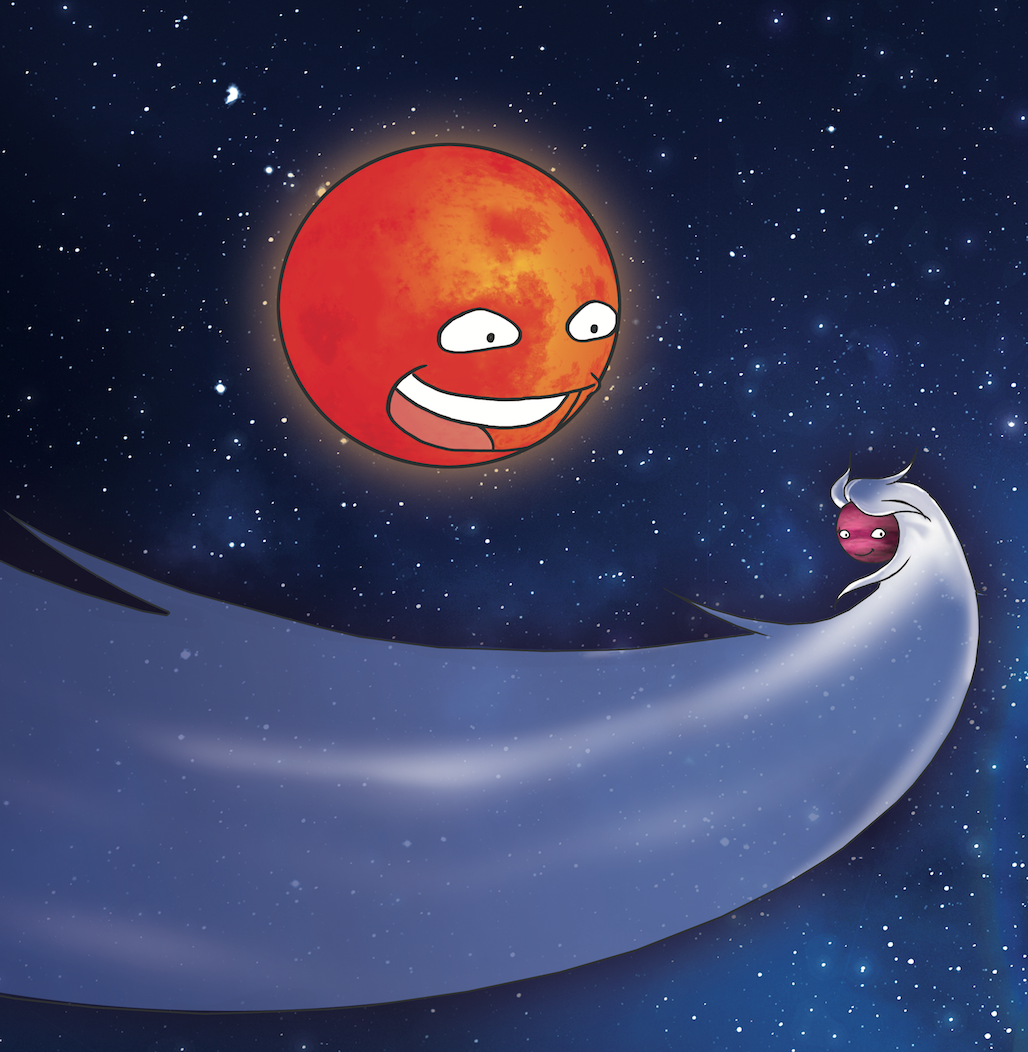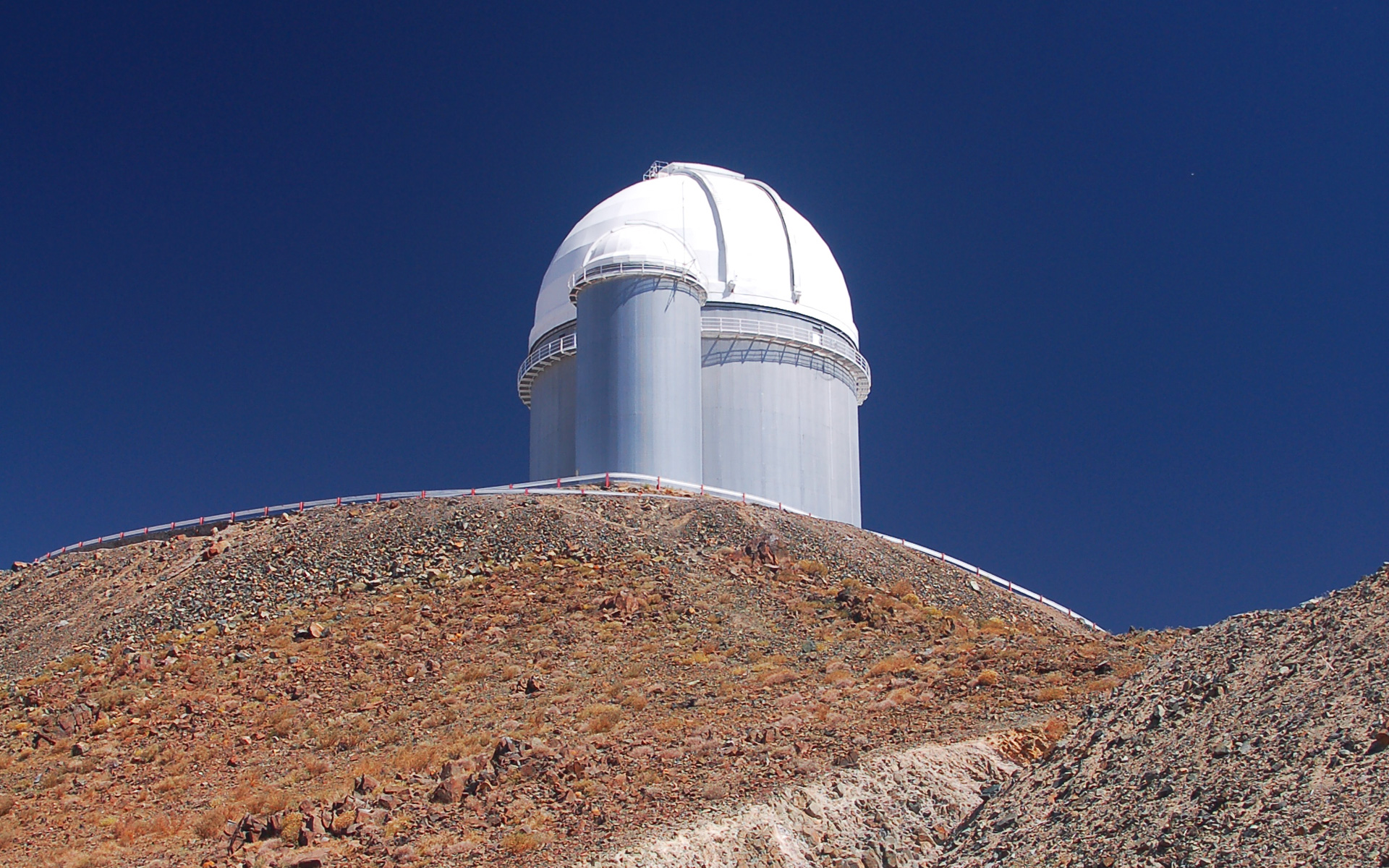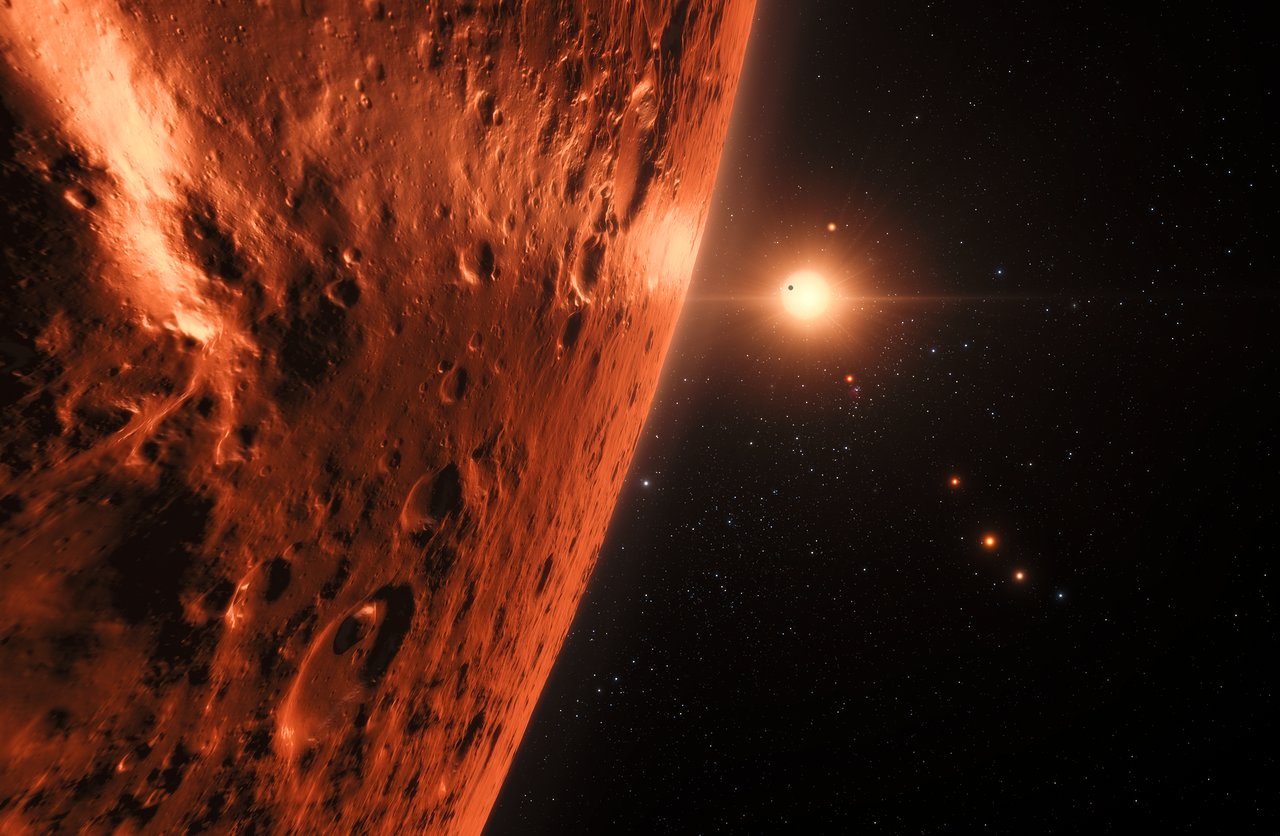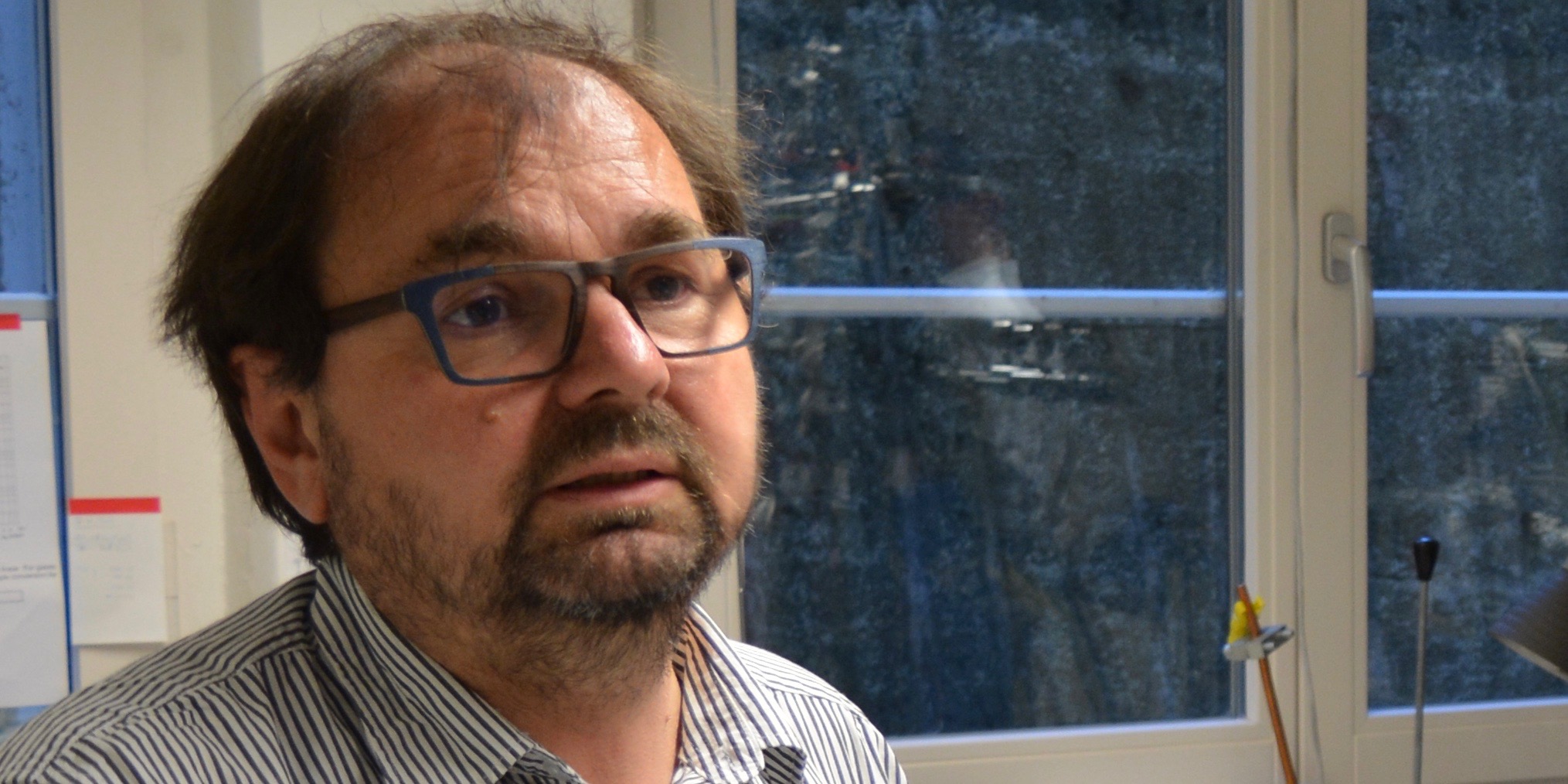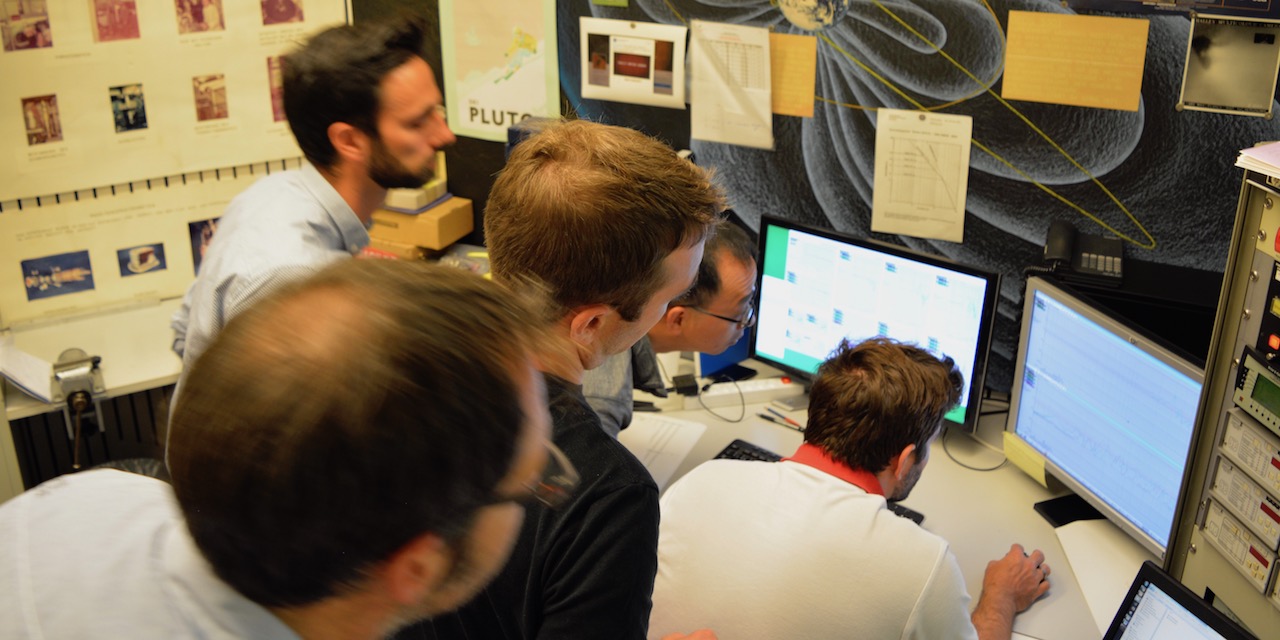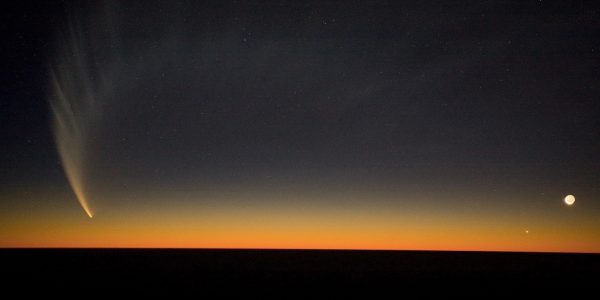News
Revival of a cancelled space mission?
The characterization of habitable or even inhabited exoplanets is one of the ultimate goals of modern astrophysics. Reviving the concept of a space mission that was cancelled ten years ago would be most promising. This is the conclusion of a paper by PlanetS scientists Jens Kammerer and Sascha Quanz of ETH Zürich. Their simulations show […]
Continue ReadingBern’s journey into space
From a historic Zenit rocket and the famous Apollo solar wind experiment to the Mars camera CaSSIS and the CHEOPS space telescope: Many of the 9000 visitors of the event «Nacht der Forschung» on 16 September 2017 at the University of Bern had a look at 50 years of space research. «We have carried the […]
Continue ReadingPioneer in astrochemistry
«Building stars, planets and the ingredients for life in space» is the title of a public lecture by the renowned Dutch astronomer Ewine van Dishoeck on 20 October 2017 at the University of Bern. «Ewine van Dishoeck is one of the pioneers in astrochemistry and a driving force behind the groundbreaking ALMA observatory,» says Kevin […]
Continue ReadingDistinguished guests at the VIP event 50 years of space exploration
On September 11, around 140 invited guests celebrated the 50th anniversary of space research at the University of Bern. Among the attendees were Dr. Mauro Dell’ Ambrogio, State Secretary for Education, Research and Innovation, Renato Krpoun, Head of the Swiss Space Office, and many former employees. Dr. Mauro Dell’ Ambrogio praised the pioneering role played […]
Continue ReadingReturn of the comet-like exoplanet
Astronomers members of PlanetS have discovered a comet-like exoplanet that trails an enormous coma of gas behind it. Astronomers from the University of Geneva (UNIGE), Switzerland, also members of the PlanetS National Centre of Competence in Research, have been working on a joint project with the universities of Berne, Warwick, Grenoble Alpes and the Paris […]
Continue ReadingESO’s La Silla Observatory will host new planet hunter
The NIRPS (Near Infra Red Planet Searcher) instrument will be installed on the 3.6 m telescope at ESO’s La Silla Observatory in Chile. Built by an international collaboration [1] co-led by the Observatoire du Mont-Mégantic team at the Université de Montréal and the Astronomy Department team at the Université de Genève, NIRPS is an infrared […]
Continue ReadingFirst hints of possible water content of TRAPPIST-1 planets
An international team of astronomers led by Vincent Bourrier member of PlanetS used the NASA/ESA Hubble Space Telescope to estimate whether there might be water on the seven earth-sized planets orbiting the nearby dwarf star TRAPPIST-1. The results suggest that the outer planets of the system might still harbour substantial amounts of water. This includes […]
Continue ReadingAn inter- and multidisciplinary endeavor
By Klaus Mezger Planetary science is a multi-disciplinary research field that is populated by an unusually diverse group of scientists with very different backgrounds, competences and interests. Our NCCR PlanetS relies heavily on expertise that comes from very distinct scientific fields that have evolved over the last few hundred years and brought us an enormous […]
Continue ReadingSuccessful vibration test runs
During ten days in August 2017, the CHEOPS telescope had to withstand various tests on the shaker at the University of Bern simulating the conditions during the launch with a Soyuz rocket. The experiments were successful – a big step towards the completion of the flight model. The small control room in the shaker laboratory […]
Continue ReadingTalking about astronomy
How coherent are we in our language when teaching and talking about astronomy? By Nadine Afram During a conference about ‚Education in Astrophysics and Astrobiology‘, the audience was asked to point North. Many stretched their arm and pointed into a direction horizontally in front of them. We were wrong. We should have pointed in front […]
Continue Reading
